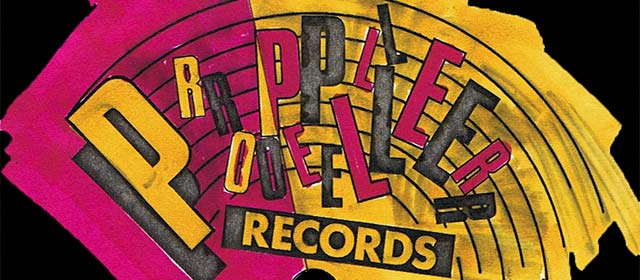Story summary
Beginnings
In 1927 recording engineers from the British company His Master’s Voice came to Rotorua to record Ana Hato, Deane Waretini and other local musicians singing well-known Māori songs. These were the first commercial recordings made in New Zealand.
A homegrown recording industry developed slowly. In 1948 the Radio Corporation of New Zealand built a recording studio in Wellington and established the country’s first record label – TANZA (To Assist New Zealand Artists). Their first song, ‘Blue smoke’, was New Zealand’s first all-local hit.
Homegrown hits
In the 1950s technical developments such as long-playing records widened the market for recorded music. Late in that decade a new wave of independent labels appeared, such as Viking Records, driven by the craze for rock ’n’ roll.
The 1960s were a golden age for the New Zealand record industry. Each year local labels released 70 – 80 singles and the occasional album. They received generous radio and television exposure, and sold impressively.
Fall and rise
In the mid-1970s the New Zealand recording industry entered a decline. Local releases sold in small and usually uneconomic numbers.
At the end of the 1970s local music was rescued by the rise of punk culture. Raw energy suddenly mattered more than recording quality, and a wave of small independent labels arrived including Flying Nun, which took ‘the Dunedin sound’ to the world.
Māui Dalvanius Prime formed Maui Records in the early 1980s, and its groundbreaking 1983 single ‘Poi e’, became an international hit.
The digital era, 1990–2000s
In the 1990s the recording industry was transformed by digital recording equipment. CDs provided higher-quality reproduction than cassette tapes, and later were replaced by formats such as MP3.
Digital recording could dramatically reduce the cost of recording and distributing music, and enabled small independent labels to compete with multinationals. In 2014 New Zealand continued to support a number of active independent labels, whose focus had shifted from physical to digital music sales.





